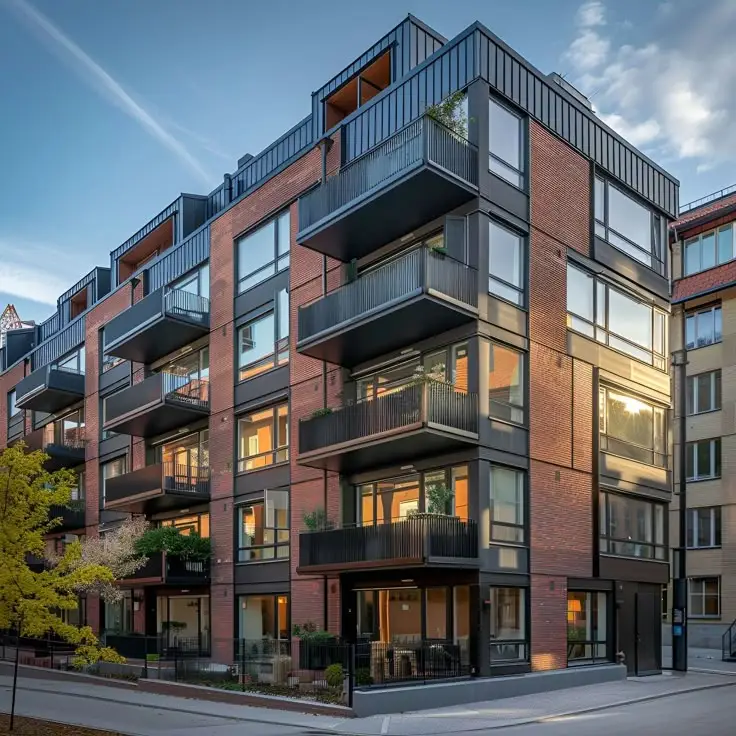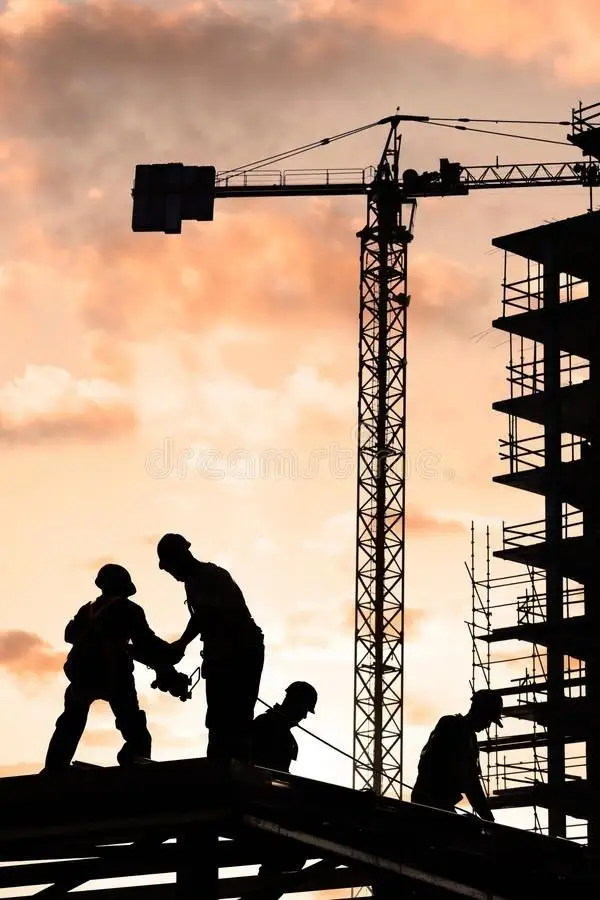Construction is more than just buildings and infrastructure—it plays a vital role in shaping communities, revitalising neighbourhoods, and driving economic growth. Well-planned projects breathe new life into ageing areas, create jobs, and improve overall quality of life. Whether it’s a small residential development or a large-scale urban renewal project, construction has a lasting impact on how people live, work, and interact within their environments.


The Link Between Construction and Community Growth
A well-designed construction project does more than provide shelter or office space—it can redefine an entire community. By incorporating thoughtful planning, sustainable practices, and community needs, construction helps create spaces that serve both current and future generations.
Managing these large-scale projects efficiently requires careful coordination between developers, government agencies, and local businesses. Using a construction management platform ensures that timelines, resources, and budgets are properly managed, allowing projects to progress smoothly without unnecessary delays or disruptions. This level of organisation is crucial when working on projects that impact entire neighbourhoods.
How Construction Supports Urban Renewal
Urban renewal is the process of redeveloping and revitalising underused or deteriorating areas. It often involves upgrading old infrastructure, repurposing abandoned spaces, and creating new residential or commercial developments that meet modern demands. Here’s how construction plays a role:
1. Revitalising Ageing Infrastructure
Many older urban areas struggle with outdated roads, bridges, water systems, and public transportation networks. Upgrading this infrastructure not only improves safety and efficiency but also makes the area more attractive to businesses and residents.
Examples of infrastructure improvements include:
- Repairing and expanding roads to ease traffic congestion
- Upgrading public transport hubs to improve accessibility
- Enhancing utility systems to support growing populations
2. Creating Affordable and Sustainable Housing
Housing shortages are a challenge in many cities, and construction plays a key role in addressing this issue. Urban renewal projects often focus on building affordable housing while incorporating modern, energy-efficient designs.
Some strategies for sustainable housing development include:
- Using eco-friendly materials to reduce environmental impact
- Designing buildings with energy-efficient features such as solar panels and smart lighting
- Implementing mixed-use developments that combine residential, commercial, and recreational spaces to create vibrant communities
3. Transforming Abandoned Spaces into Community Assets
Vacant buildings and unused lots can contribute to urban decay, but construction can turn these spaces into valuable community resources. Old warehouses can be converted into cultural centres, abandoned lots can become parks, and neglected industrial areas can be redeveloped into thriving business districts.
Successful transformations often involve input from local residents, ensuring that new developments meet the actual needs of the community.
4. Boosting Local Economies and Job Creation
Every construction project, whether small or large, contributes to the local economy. The industry provides employment opportunities for skilled and unskilled workers alike, from architects and engineers to labourers and suppliers.
Beyond job creation, new developments attract businesses, increase property values, and generate tax revenue that can be reinvested into public services such as schools, healthcare, and infrastructure improvements.
5. Improving Public Spaces and Green Areas
A well-planned city isn’t just about buildings—it also prioritises public spaces. Parks, pedestrian walkways, and recreational areas enhance urban life by promoting social interaction, improving mental well-being, and encouraging active lifestyles.
Construction projects that incorporate green spaces and environmental initiatives help make cities more livable and sustainable in the long run.


Challenges in Construction and Urban Renewal
While construction is essential for urban renewal, it comes with challenges. Common issues include:
- Community Resistance: Not all residents welcome change, especially if they fear gentrification or displacement. Open communication and community engagement are key to addressing concerns.
- Environmental Impact: Large-scale developments can disrupt ecosystems and contribute to pollution if not managed responsibly. Sustainable building practices help mitigate these effects.
- Project Delays and Budget Overruns: Poor planning and unforeseen issues can slow down progress and increase costs. Efficient project management is crucial to staying on track.
The Role of Technology in Managing Construction Projects
Modern technology is transforming how construction projects are planned and executed. Digital tools streamline everything from scheduling to resource allocation, ensuring projects meet deadlines and budgets.
Using a construction management platform allows project managers to track progress, communicate with stakeholders, and adapt to challenges in real time. This level of oversight is particularly beneficial for urban renewal projects that require collaboration between multiple parties.
Building for the Future
The impact of construction goes far beyond the physical structures it creates. Thoughtfully designed projects contribute to economic growth, social well-being, and environmental sustainability. Whether it’s revitalising an old neighbourhood or building new infrastructure, construction plays a central role in shaping the cities of tomorrow.
By leveraging smart planning, sustainable practices, and innovative technology, the construction industry can continue to drive positive change, creating communities that are not only functional but also thriving places to live and work.
- 1share
- Facebook0
- Pinterest1
- Twitter0


